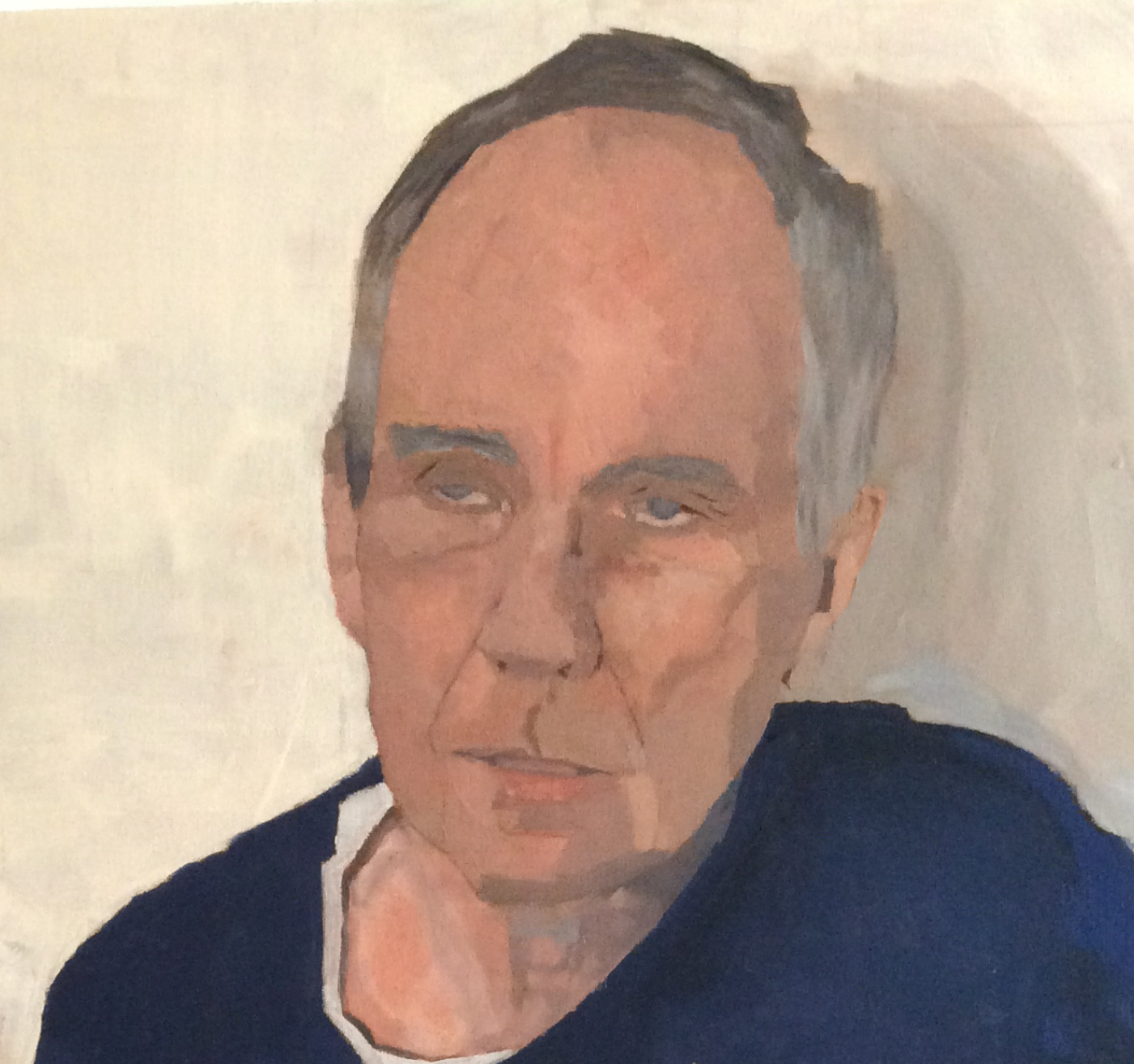The strangers beside us

In the early days of her career and despite economic hardships, true crime writer Ann Rule donated what little spare time she had to a good cause. She worked the night shift at a suicide prevention hotline side by side with an intelligent and good looking and pleasant young man named Ted. When they weren’t on the phones they talked, and in a short time they became very good friends. Ted had genuine affection for Ann as one would have for an older sister. Ann thought of Ted as her baby brother. You might say they clicked, as like minded people so often do.
At that time Ann was putting food on the table by writing true crime magazine pieces, including pieces about young women who were disappearing in the area in Washington State where she lived. Some of the women’s bodies, hideously abused, murdered and dumped, were starting to turn up. All of America’s Pacific Northwest was aghast.
A profile of the killer began to emerge. He was good looking, intelligent and personable. He went by the name “Ted.” An identikit likeness constructed by witnesses looked just like Ann’s friend from the suicide hotline. The suspect even drove a Volkswagen bug — just like Ann’s friend.
It is one of the most stunning coincidences in the history of true crime. The best friend of the woman who was writing about the mysterious disappearances and murders of young women turned out to be the killer himself. Ann’s good friend Ted — Theodore Robert Bundy — one of the most savage and prolific serial killers in history, was among the men for whom the term “serial killer” was later coined in the first place.
If you haven’t read Ann Rule’s book “The Stranger Beside Me” — her retelling of the Bundy case and her role in it — I highly recommend it. In unadorned prose she tells the whole Bundy story from “career” to capture to trial to his condemnation to Florida’s electric chair, and of how her suspicions about one of her best friends slowly, painfully and inexorably turned into horrified certainty.
The most chilling part of Ann Rule’s book is the revelation she brings to us, the reader. The inescapable idea that monsters are sometimes known to us and they are also sometimes human beings with human impulses. It’s easy for us to slip into the fantasy that evil people are cartoon Bond Villains or slavering fiends, hideous and ugly. Not always. Sometimes they come to us with the charming smiles and easy friendliness of good companions.
While serial killers like Bundy are rare and chances are you and I don’t know any such people personally, nevertheless many of us live with Ann Rule’s experience on a reduced scale. People with ugly bigotries and hateful ideologies are all around us in huge numbers. We grew up with some of them. Some of them are our best friends, our parents, our brothers, our sisters. They’re the helpful and friendly person next door with the easy smile and the thoughtful word.
Yet these, the people we know in the mundane everyday experience of life, are the same people who support, encourage, vote for and make possible our most destructive monsters. They are the grassroots without whom the Hitlers, the Stalins, the McCarthys and the Trumps would not be possible. They are the strangers beside us.
Not all of them are biker-jacketed hellions with Mohawk haircuts and swastika tattoos. They are ordinary people like us who mostly sound sane and seem rational and even have endearing and deeply artistic qualities. When I think of such people I am reminded of how sometimes Reinhard Heydrich, Himmler’s right hand man and one of the principal architects of the Final Solution, wept when listening to a Schubert string quartet.
There are no easy formulas for spotting these strangers among us. For every sweeping category we have for them there are always exceptions. It’s too easy and far too facile to say they are all this and all that. For every word we have for them — stupid, hateful, irrational, uncouth, vulgar — there are always too many exceptions to prove the rule.
Many of you have friends and relatives, wives and husbands, sisters and brothers that you genuinely love — except for THAT. They are, overtly or covertly, MAGA-believing fellow travellers of the worst human beings in American history, the current crop of Republican politicians. They follow and believe and endorse and support a rapist, a traitor, a thief, a liar and a man with more blood on his hands than Ted Bundy could have imagined in his most appalling and destructive fantasies.
So what do we do? I honestly don’t know. Ann Rule didn’t know what to do either. Few people shared Ann Rule’s insights into Ted the fiend and Ted the friend. She saw both and she didn’t know what to do about it. The situation created for her a cognitive dissonance that became so unbearable it was almost impossible to sustain.
So I come to you today without answers, brothers and sisters, only questions. But I hope you find it at least a little helpful to know that the monsters among us and the strangers beside us are also often human beings, and the advice we so often hear, to renounce them, turn our backs on them, eject them from our lives is sometimes easier said than done. And, as ever, ladies and gentlemen, brothers and sisters, comrades and friends, stay safe.

Robert Harrington is an American expat living in Britain. He is a portrait painter.
